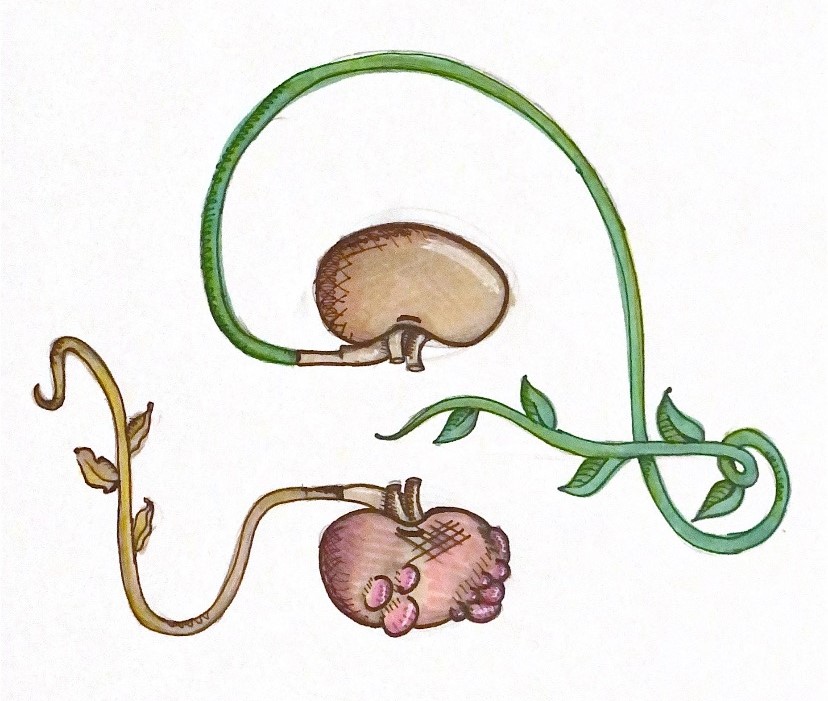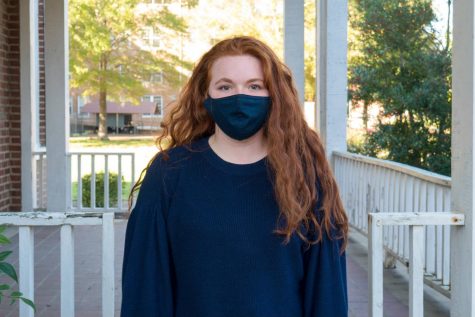Djedjos: A viable answer to the kidney question
Kidney transplants are necessary, life-saving procedures, but the lack of donors makes obtaining one difficult.
September 2, 2021
In these crazy COVID-19 years, it is easy to forget about other prevalent health issues. Yet these issues still exist and persist, and it is crucial we keep them in mind. This particular topic provoked a tumultuous debate in my Economics class last year, and it stuck with me. I have no better way to describe this than with an analogy.
Picture Gavin, a young man with a life-threatening disorder. His doctor informs him that this disorder is entirely preventable; all he has to do is join his peers on a waiting list to be treated. So, Gavin waits. He waits more. Years pass, and Gavin grows weaker. The waiting list appears never-ending. Eventually, he is placed on a dialysis treatment that prolongs imminent organ failure. Gavin passes, after waiting nearly 3 years for a life-saving kidney transplant.
In 2014, there were 4,761 Gavins waiting for kidney transplants. We, as a proud and capable nation, have the technology, skill and population to solve this health disaster stealing thousands of lives per year. Yet due to over 93,000 individuals being placed on a nationwide list, 1 in 20 people die waiting for kidneys. This begs the kidney conundrum: how can there be such a kidney shortage in the face of every resource imaginable?
The short answer is the current system only depends on selfless donors, both living and post mortem, serving as the only source for available kidneys. While on paper, this satisfies the market, in reality, nearly 3,500 kidneys are discarded in the US every year due to unsatisfactory characteristics. Further, there is a tight time slot for kidney life: after 36-48 hours, the organ cannot be used, putting pressure on medical personnel to perform rushed biopsies and resulting in possible misinterpretations of kidney viability. Although there have been efforts made to expand the kidney viability pool like our European counterparts, the 37 million Americans with chronic kidney disease need a more concrete solution.
Thus, the very desperate individuals turn to an international, thriving kidney black market. These organs are obtained through coercion, human trafficking and fraud, taking advantage of poor kidney vendors. The process is despicable. “Brokers” scout out potential donors, making large promises of a hefty commission, but as soon as the operation is completed, the donors are undercut.
Take Nawaraj Pariyar of Nepal, for instance. Promised 30 lakhs, the equivalent of $30,000, he needed the money to care for his family. However, Nawaraj received less than one percent of the promised money and is now saddled with crushing urinary and back pain. Donors like Nawaraj are frequently impoverished, desperate individuals and are unaware of potential health risks of the operation. In this transaction, helpless donors are left with chronic health conditions while the broker earns a handsome paycheck—and of course, the recipient gains a life saving kidney. Why must this be a zero-sum game?
I propose, in order to fix the kidney shortage and to ensure the donors receive sufficient compensation, to pay healthy people for their kidneys. Under federal supervision, not only will the surgical procedures be safer, but individuals will also be paid fairly. Existing black markets will shrink as recipients turn to more reliable kidneys.
By no means is this a perfect system, however. Iran is the only country in the world to implement legalized kidney sales, yet due to lax regulation, there is no clear indication on whether or not legalization reduced the black market size. Still, the United States will have more stringent regulations than Iran, ensuring that the black market will feel the impact of the legalization.
Of course, the icky feeling of commercializing organs remains on the tips of some tongues. Logically, however, accepting money to donate a kidney makes sense. Donating a kidney presents statistically less risk than being a soldier or a police officer, all of which are paid professions.
I believe that we need to set aside our status quo beliefs and take a new perspective. People are dying. We have a healthy solution that benefits all parties. Implementing the aforementioned solution would save lives. Therefore, we should implement at least a prototype of the possible solution.
As a prospective Biomedical Engineer, I am looking forward to the future of 3D printing artificial kidney organs, and I am proud of the already existing developments. However, this is still a developing biotech field, and we need a solution now. I may be an armchair bioethics writer, but action is better than inaction: let’s fix the kidney crisis with kidney transplant payments.










